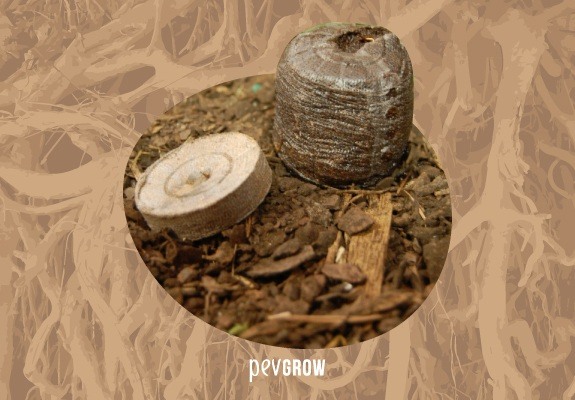

23-06-2020 12:00:25 - Updated: 23 June, 2020
One of the most popular products in Grow shops is jiffy, due to its low price, versatility and ease of use. But not everybody knows about the existence of these small objects, or many people do not know how to use them. For this reason we thought it would be appropriate to create this post, explaining what it is, how to use it and the advantages and disadvantages compared to other methods.
🧐 What is a jiffy ?
They are so called because they were commercialized by a company known as Jiffy Group and they are peat or coconut fiber that comes pressed and wrapped in a thin mesh. They have the shape of a small, cylindrical and flat disc which, when wet, swells up to multiply its size upwards, and contains a small hole at the top to introduce the seed or the stem of the cutting.
Its creator was an enthusiast of home-grown cabbages and other vegetables, but he did not like the way they sold the cuttings because of the lack of protection of the roots. It was for this reason that he began to develop individual seedlings that were easy to transplant, and thus the first Jiffy were born.
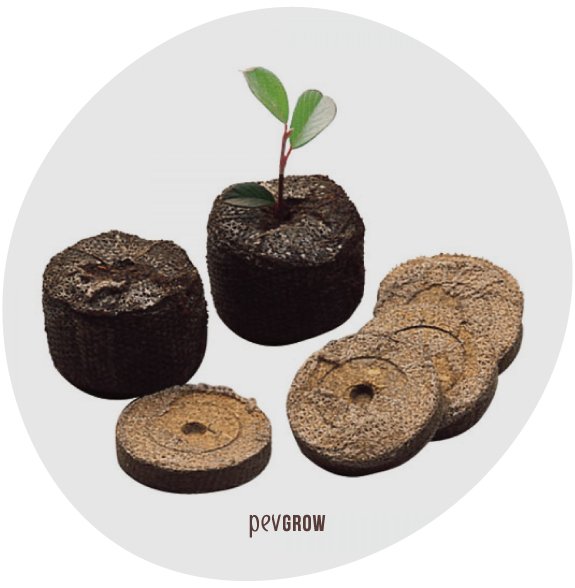
Jiffy Pellet Sizes
They are available in different dimensions: 24 mm. (0.94 inches), 33 mm. (1.3 inches ), 41 mm. (1.6 inches) and 70 mm. (2.75 inches). Although the most used are the 41 mm. (1.6 inches) ones. They usually come in boxes of 2000 units, but luckily stores can sell you the exact number you need and at a very good price.
👾 Are these peat or coconut discs organic and biodegradable ?
They are totally organic and biodegradable, it is the same peat used in commercial substrates, natural. Just as with the coconut fibre, this type of jiffy was released more recently for those who love growing on this substrate, but it is made up of the same fibres that are used in coconut bricks. Even the small mesh it uses is biodegradable in a very short time, so it can be considered that jiffy will leave no trace on the planet after its use.
🎯 What are the advantages of using it ?
- More economical than any pot
- You can germinate many seeds in very little space
- Makes transplantation much easier
- Keeps humidity for a long time
🔥 How to use Jiffy pellets for germination or cutting
- First prepare a bucket with the nutrient solution, in this case clean water and root stimulator, with the pH lowered to 6.0 and a little bit of micro life
- Insert the jiffy pellets so that they are immersed in the nutrient solution
- Wait for them to hydrate and swell, usually no longer than 10 minutes
- Take the jiffy pellets out of the bucket one by one and and drain it a bit to let go the excess of liquid
- Place them in an upright position on a tray, with the hole facing upwards, and insert a stick or similar through the hole to make it easier for the seed or stem of the clone to enter
- Carefully insert the seed 0.4 inches (1 centimetre), or the stem of the cutting until at least one knot is buried
- Wait several days until you see the roots coming out of the mesh. If it’s a seed, as soon as you see the radicles popping up transplant it. With a cutting, wait until you see quite a few roots on the outside

Transplanting from Jiffy Pellets
It is very simple, in fact it is designed to facilitate the transplant among other things. The best thing is that you don’t have to take the plant out of the jiffy to put it in a pot, as is the case when transplanting cannabis from one pot to another.
In this case it is only necessary to prepare the pot where we are going to put it, to add substrate until filling up a 75% approximately, to introduce the jiffy with the plant and to add more substrate until burying all the jiffy and part of the stem.
Tips for use
The small jiffy pellets, of 24 mm. (0.94 inches) and 33 mm. (1.3 inches), are more intended for cuttings than for seed germination. This is because due to their small space the roots appear very quickly and in addition a better aeration is achieved when many clones are placed in the same tray.
On the other hand, when germinating seeds it is better for us that the jiffy is a little bigger, the 41 mm. (1.6 inches) one is perfect, because it contains more food and keeps humidity longer. The worst thing that can happen to them is that they get too dry, because then it takes a lot of time to rehydrate them.
✅ Can you use Jiffy pellets for hydroponics ?
It is not ideal, since this system needs a great aeration in the roots and jiffy does not allow this, at least at the base of the stem, so it can get to form fungi, although it would not be the first time we see it.
In this case it is much more interesting to use small grid pots with arlita to germinate and then place them in the hydroponic system. Another option is to use rockwool slabs, which allow for greater oxygenation, although we’re still sticking with the hydroponics grid pots.
.
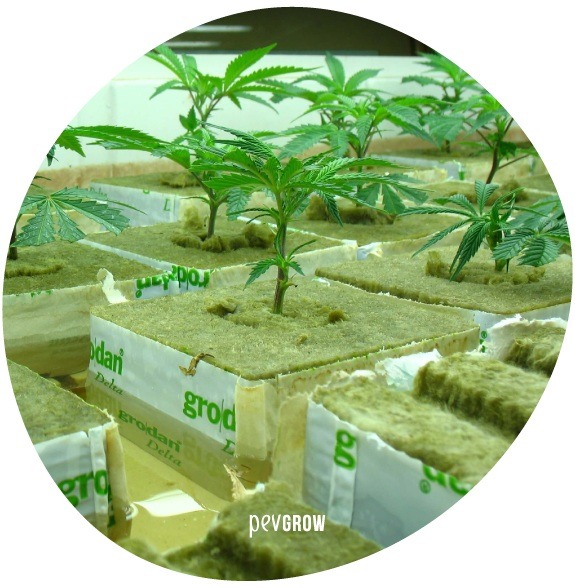
Rock wool Vs Jiffy Pellets
Rock wool slabs have certain advantages as we saw before, but they have the disadvantage of being an inert material, so they need food from the first watering. Jiffy, on the other hand, contains pressed peat, which contains food for a few days, although it is always good to add root stimulator. Both are quite cheap, but it’s still cheaper to use a pressed peat or coconut pellet.
⚠️ Conclusion
A Jiffy pellet makes the job much easier for us cannabis growers and for its price it really pays off. If you have not tried them yet, I invite you to do so, because afterwards you may not want anything else to germinate, and especially to root your favorite clones. If you liked this post or think it could be useful for some other people, please share it.

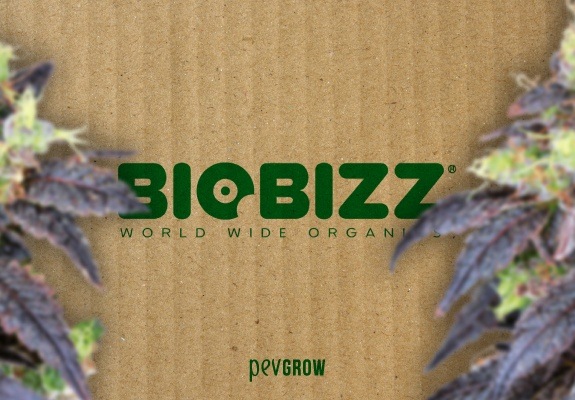


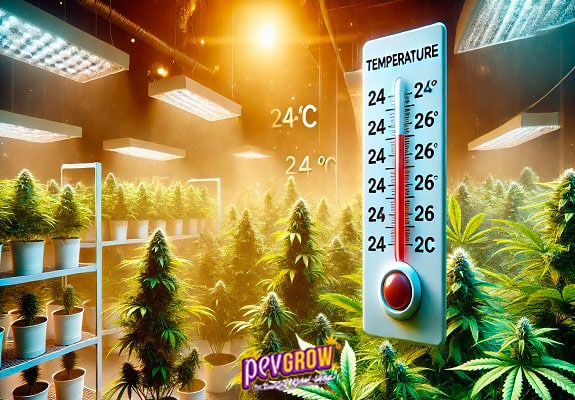

And Thanks, (my phone bugging up lately)
Howdy, my name is Creek. I just purchased the jiffy hydroponic set up, the one you can only grow one plant in. So is it ideal for to grow weed in, has it been done in one? As I have been looking on YouTube but it’s filled with richer set ups than the jiffy hydroponic system, not that is bad cause I just got a small tent going to be growing indicas only and live in a small space. So any information or recremended sites to help me in my in my journey.
Hello!
Here you have everything you need for hydroponic cultivation:
https://pevgrow.com/blog/en/hydroponic-a-profitable-comfortable-and-clean-method-for-growing-marijuana/